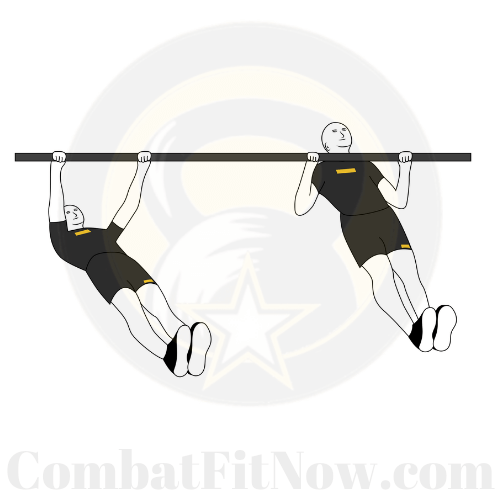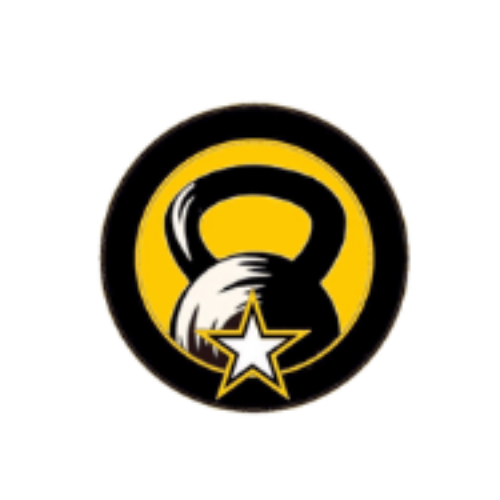The inverted body row, also known as a horizontal pull-up or inverted row, is a bodyweight exercise that targets the muscles of the upper back, including the latissimus dorsi, rhomboids, and traps. Here are step-by-step instructions for performing the inverted body row on a bar:
Video Instructions On How To Do Body Rows on Bar
Equipment Needed:
- Horizontal Bar or Smith Machine: Find a sturdy, horizontal bar that is at an appropriate height. You can use a Smith machine bar in a gym or any other secure horizontal bar.
Instructions:
- Set Up:
- Position the bar at waist height or slightly lower.
- Stand facing the bar with your feet hip-width apart.
- Reach up and grab the bar with an overhand grip, hands slightly wider than shoulder-width apart.
- Walk your feet forward, leaning back so that your body is at an angle.
- Body Position:
- Your body should be straight from head to heels. Engage your core to maintain a straight line.
- Keep your chest lifted and shoulders back. Avoid letting your shoulders hunch forward.
- Execution:
- Lower your body toward the bar by bending your elbows.
- Keep your body in a straight line throughout the movement.
- Lower until your chest is close to the bar or your chest touches the bar, depending on your strength and flexibility.
- Pause:
- Hold the bottom position for a moment, squeezing your shoulder blades together.
- Return:
- Push through your palms and pull yourself back up to the starting position.
- Keep your movements controlled and avoid using momentum.
- Repetitions:
- Aim for a specific number of repetitions based on your fitness level. Beginners may start with 8-10 reps, while more advanced individuals can aim for 12-15 or more.
- Breathing:
- Inhale as you lower your body towards the bar.
- Exhale as you pull yourself back up.
- Safety Tips:
- Ensure that the bar is securely anchored.
- Maintain proper form throughout the exercise to avoid strain on the lower back.
- If you experience any pain, stop the exercise and consult with a fitness professional.
Remember to start with a suitable difficulty level, and as you gain strength, you can increase the challenge by adjusting the height of the bar or adding variations to the exercise.



